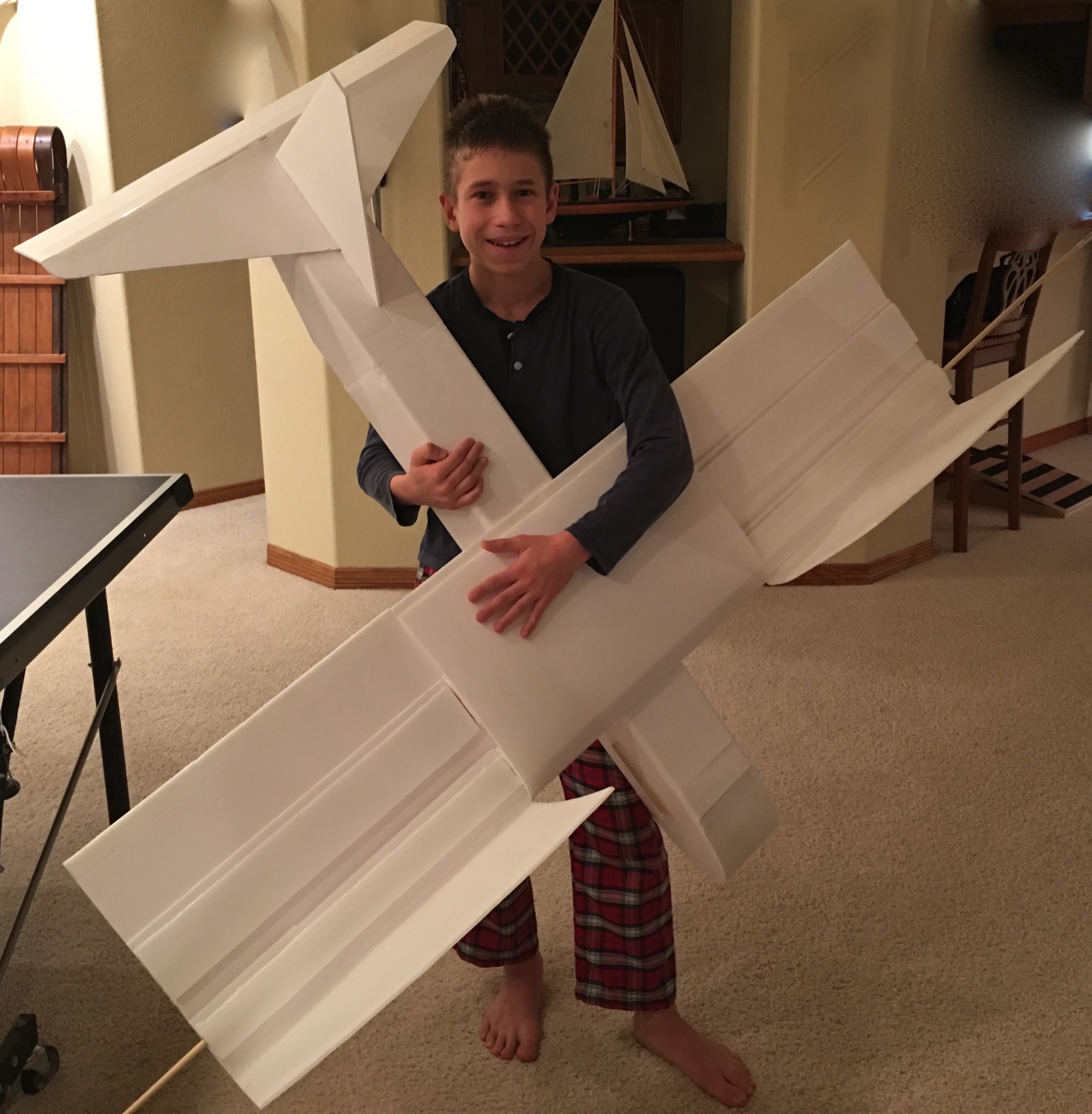Glad to see the power system put to good use! A few things from looking at the thread so far.. Lots of great advice out there! For the overall design, I'd take a look at something like the Martin Mars. Big, thick wings and large tail surfaces. I also noticed that all of your drawn tail surfaces are triangular. If you aren't set on that look, I'd consider leaving some more chord at the tip. It gives the added benefit of a lot more surface area for hardly any extra weight, and getting rid of those thin points will also help on durability, less small points to break off .





